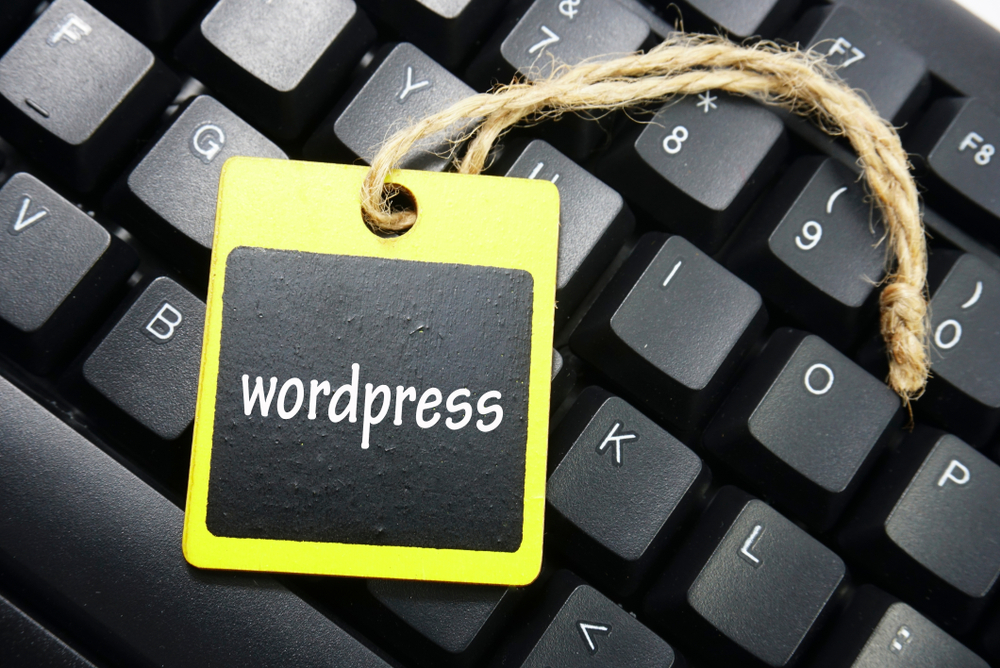
WordPress has become one of the most popular content management systems (CMS) in the world. It's flexibility, ease of use, and customization options make it an ideal choice for both beginners and experienced users. However, to truly unleash the full potential of WordPress, it is essential to master its customization and maintenance. In this article, we will dive into the essential tips that will help you take your WordPress (or WP) skills to the next level.
1. Choosing the Right ThemeThe first step in customizing WordPress (the blogging platform) is choosing the right theme. With thousands of free and premium themes available, it can be overwhelming to make a decision. When selecting a theme, consider its responsiveness, design, functionality, and compatibility with plugins. The theme should align with your website's purpose, be visually appealing, and offer the necessary features you require.
2. Customizing Themes with Child Themes
While most themes provide customization options, it is recommended to use child themes when making extensive changes. Child themes allow you to modify the appearance and functionality of a parent theme without affecting the original theme's code. This is crucial because when the parent theme receives updates, your modifications won't be lost. Additionally, using child themes makes it easier to switch themes in the future.
3. Harnessing the Power of Plugins
Plugins are undoubtedly one of the key strengths of WordPress (WP) . They allow you to extend the functionality of your website with ease. However, it's important to strike a balance between installing too many plugins (which can slow down your site) and leveraging the ones that genuinely enhance your website. Popular plugins include Yoast SEO for search engine optimization, WooCommerce for e-commerce functionality, and Jetpack for website monitoring and security.
4. Optimizing Website Performance
Website speed is crucial for user experience and search engine rankings. With WordPress (the platform for bloggers) , there are several ways to optimize performance. Firstly, choose a reliable web hosting provider that offers robust server resources. Additionally, optimize images by compressing them without compromising quality. You can use plugins like WP Smush to automate this process. Minify and combine CSS and JavaScript files, and implement caching mechanisms to reduce server load and speed up your site.
5. Regularly Updating Themes and Plugins
WordPress continuously updates its core software to ensure security and add new features. Similarly, themes and plugins constantly release updates to fix bugs, introduce new functionalities, and address security vulnerabilities. It is vital to regularly update your WordPress installation, themes, and plugins to benefit from the latest enhancements and remain protected against potential threats.
6. Backing Up Your Website
Backing up your WordPress website should never be underestimated. Unexpected events such as server failures, hacking attempts, or human errors can result in data loss. By having regular backups, you can quickly restore your website to a previous state. Numerous backup plugins exist, such as UpdraftPlus and BackWPUp, that allow full or incremental backups to a remote location, ensuring your data is safe even if your hosting provider experiences problems.
7. Implementing Security Measures
WordPress is a highly targeted CMS by hackers due to its popularity. To protect your website from potential threats, it's essential to implement security measures. Begin by using strong, unique passwords for all user accounts. Limit login attempts by installing plugins like Wordfence or Limit Login Attempts. Enable two-factor authentication for enhanced security. Regularly scan your site for malware using plugins like Sucuri or MalCare.
8. Optimizing for SEO
WordPress is SEO-friendly by default, but there are additional steps you can take to optimize your website further. Yoast SEO is a popular plugin that helps you optimize your content, meta tags, and XML sitemaps. Use relevant keywords within your content, headings, and image alt tags to improve search engine visibility. Additionally, improve website loading speed and ensure a responsive design, as these are crucial ranking factors.
Frequently Asked Questions:
Q1: How do I change my WordPress theme?A1: To change your WordPress theme, navigate to Appearance > Themes in your WordPress dashboard. Choose a new theme from the available options, install it, and activate it.
Q2: Can I customize a theme without coding skills?
A2: Yes, you can customize a theme without coding skills by using the built-in customization options provided by the theme or using a visual page builder plugin like Elementor or Beaver Builder.
Q3: Should I delete inactive plugins?
A3: It is recommended to delete inactive plugins that you no longer use. Inactive plugins can still pose security risks and may slow down your website.
Q4: How often should I update my WordPress installation?
A4: You should update your WordPress installation as soon as new updates are available. It's best practice to update regularly to ensure your site remains secure and up-to-date.
Q5: Is it necessary to use a backup plugin?
A5: While you can manually back up your site, using a backup plugin simplifies the process and automates regular backups. It ensures that your backups are reliably stored and easily accessible when needed.
In conclusion, mastering WordPress customization and maintenance is crucial to create a unique and optimized website. By following these essential tips, you can enhance your WordPress skills and ensure your site is secure, fast, and fully customized to meet your needs. Remember, while WordPress offers a user-friendly interface, always stay up-to-date with the latest WordPress news and best practices to make the most of this powerful CMS.
Other useful resources
- https://www.wordpress24plus.com/wordpress-tools-directory/wordpress-plugins/
- https://www.wordpress24plus.com
- https://www.wordpress24plus.com/wordpress-tools-directory/wordpress-themes/